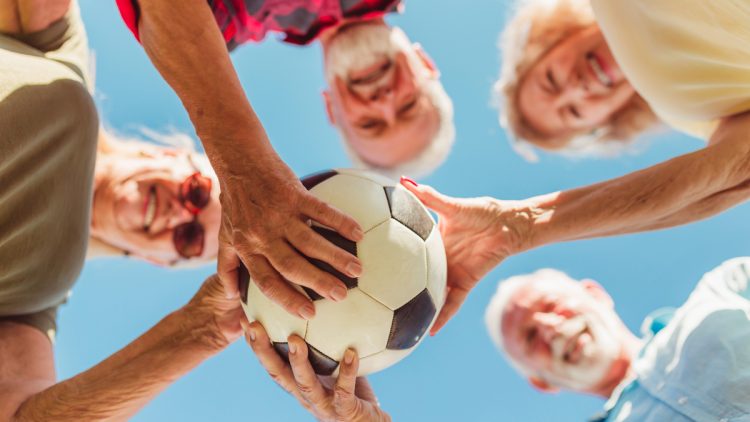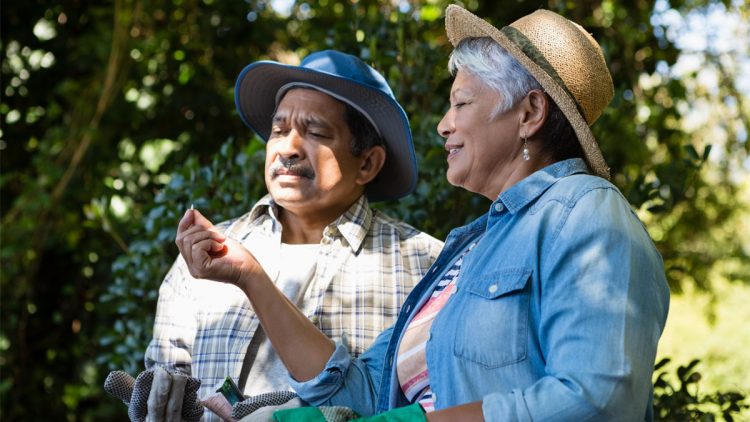Best Physical Games For Seniors
Physical activity is crucial for senior citizens. Below are three of the best games for seniors today.
Bocce Ball
Bocce ball dates all the way back to 5200 B.C. Yet, it wasn’t until the 20th century that the game caught on in the United States. Bocce ball is a great activity for seniors today. Eight balls and a pallino will be split up among 2-8 players on the court.
One player will toss the pallino, followed by an additional ball. Said player is now “inside” as the closest on the court to the pallino. Each player will now try to get their balls closer to the pallino. The closest player gets one point at the end of the round. A winner is crowned when 13 individual points are attained.
Health Benefits For Seniors
- Improves flexibility.
- Reduces stress.
- Keeps the mind engaged.
Shuffleboard
Beginning as a pub game in England during the 15th century, the rules of shuffleboard have relatively remained the same. While outdoor and indoor versions of this activity may differ a bit, the objectives do not change.
When one player reaches a score of 15, he/she is victorious. Each player will take alternating turns, sliding the weights across the length of the board. Whoever ends up with their weights representing the highest score wins. Players can surround their weights for protection or knock their opponents’ weights around. If you wish to play a longer game, a high score of 21 can claim first place.
Health Benefits For Seniors
- Stimulates the mind constantly.
- Reduces stress.
- Good workout for several muscle groups.
Line Dancing
Health experts say every person should get at least 30 minutes of aerobic exercise. This is especially true for senior citizens. One great way to get exercise is engaging in line dancing classes with peers.
This activity is great for the heart and will keep you in shape. Line dancing is for everyone, as no previous dancing experience is needed.
Health Benefits For Seniors
- Lowers the risk of diabetes.
- Lowers the rate for heart disease.
- Lowers blood pressure.
- Improves balances.
- Improves stamina.
Assisted Living At Vista Winds Located In Peoria, Arizona
If you are doing research about retirement communities in Peoria, Arizona, Vista Winds Retirement Home should definitely be on your list. Vista Winds offers retirement living at its finest. We have a rich calendar of activities, meals prepared by a Chef and caregivers on staff 24 hours a day for your health and safety. We offer award winning independent living, assisted living and memory care services. Come tour our community to see how we are a step above the rest and how easy it is to Make Yourself at Home! Vista Winds is surrounded by amazing views and our resort style property will be sure to impress!
More Articles About Retirement
- How To Find A Retirement Community In Peoria, Arizona
- Easy Crafts For Seniors With Dementia
- Top 8 Low Stress Jobs After Retirement
- Can I Retire At 60 With 500K
- 55 Funny And Inspirational Quotes About Aging
- Retiring In Arizona Pros And Cons
- Cost Of Independent Living 2021
- Cost Of Assisted Living In Arizona
- Independent Living Vs Assisted Living


